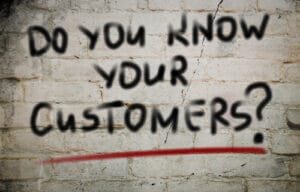Providing the best service possible

Now that we’ve cleaned up the customer database (refer to Step 2: Nix Customer Confusion), let’s take time to ensure we’re offering the very best service possible to our existing customers. Note: The four topics we discuss here are also great sales tools for gaining new customers as well.

- Customer requirements
- Unique specifications
- Timely & professional reporting
- Transparency
Customer Requirements
Many companies have requirements that need to be factored for every job and quote. During the initial sales process (before a company becomes your customer), sales reps should be asking their contacts about any particular requirements they might have. Asking questions like this shows you’re not only interested in their gaining their business but that you’re also attentive to their needs. Some examples of custom requirements include:

- Special paint
- Special grease
- Anti-corrosion protection
- Machine life-extending technologies
- Specific pickup/delivery times or instructions
- Special reporting or documentation
These are just a few examples, and the costs of omitting things like these are not only financial but can damage the relationship with your customer and your reputation as a service provider.
For new customers, sales reps should be trained to probe for these requirements during the initial sales and onboarding process. For existing customers, it’s a great topic of discussion for your sales reps to have during routine calls. If this is new for you, it will convey a deeper sense of concern.
Follow through – once you’ve determined each customer’s individual requirements, there’s a danger in forgetting them. The customer now expects you to remember and ensure those requirements are met with each job or order. To prevent that post or enter each requirement where needed to ensure they are observed when quotes are drafted, jobs performed, and orders received and processed.
Present the relevant requirements back to your customer on quotes, invoices, and reports as a little “icing on the cake” letting them know you’ve heard their concerns and factored them into your work processes.
Unique Specifications

Taking basic customer requirements one step further, some larger, more sophisticated companies will go as far as to have additional specifications that vary from industry standards. In one particular case we worked, the customer had over 40 pages of in-house forms and a 200-page manual delineating corporate specifications. Any company contracted to perform work for them is required to document all work using the corporate forms and complete repairs according to the specification manual. In a conversation with the engineering staff and the director for global reliability, they expressed concern that even though they went to great lengths stressing the need for their contracted service providers to adhere to the guide, there was really no way for them to ensure their specifications were being followed.
With situations like this in mind, any service and repair company that can assure potential customers that their specs will be followed on each and every job is bound to gain business. The catch: these companies have been “assured” many times that their specs are being followed. It’s ultimately up to the service provider to prove they can and do live up to that claim – easier said that done…
Timely & Professional Reports
There’s no doubt computers have brought amazing capabilities into nearly every life, and they’ve also raised the bar on expectations. At the onset of the computer age productivity skyrocketed, but that increase was short-lived and productivity fell back several levels – closer to what it had been before the advent of the computer age. Why? It basically came down to expectations. Prior to computers reports were typed. Typing took more time and mistakes were difficult to correct. Therefore, some number errors (aka, typos) were acceptable, possibly even expected. Good enough was good enough because making reports better meant rewriting them, and that was expensive. So, these were the expectations when word-processing first became commonplace. Productivity sored. Then people realized how easy it was to go back and rewrite a report to make it better. Better and perfect became the new expectation. Changes that would have previously been considered extraneous became required, because the expectations of the customer had been elevated to a new level.
Now, in the information age, expectations have increased again. In a recent, very relevant example, one company was performing motor diagnostics by taking monthly Vibration Analysis readings and then reviewing the raw data back in the office and drafting a report for the customer. The report, which was provided a couple weeks after the diagnosis stated that one of the motors was showing signs of wear. Unfortunately, by the time the report reached the customer, the motor had failed. When asked about it, the service provider stated he was not surprised and the data was in the report, to which the motor owner replied the information was too little too late and, “why am I paying you to tell me a motor is about to fail after it’s already failed?”

“the bearing was floating in outer space…”
In another example messy handwriting and greasy paper led to an office worker mis-transcribing a note. The technician had written that the cause of failure was: the bearing had fluting on the outer race, but the report department typed the final report with: the bearing was floating in outer space. Fortunately, in this case, the motor owner had a sense of humor about it, but that didn’t prevent an unpleasant phone call to the service provider.
Today’s expectations are professional detailed reports that arrive electronically even before product delivery and definitely before the invoice. And if you’re not including images, you’re way behind the times.
Transparency

Picking back up on where we left off with the unique specifications and proving that you can and do live up to your claims, it’s becoming more and more important to give customers insight into your processes. Being more forthcoming with information can instill confidence and gain business. This can also mean being upfront when you have issues by communicating them to your customers along with what you are doing to resolve those issues.
What information can you provide to your customers that you are not currently providing?
What’s the best method to convey that information?
How can you use those two things along with the other concepts in this article to gain new business?
